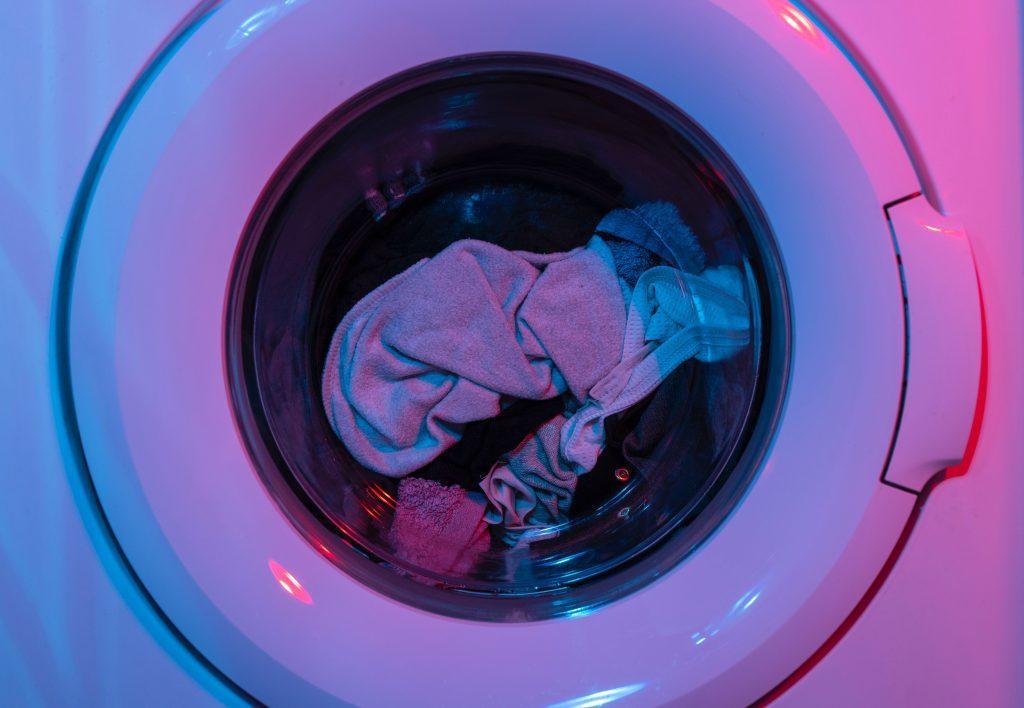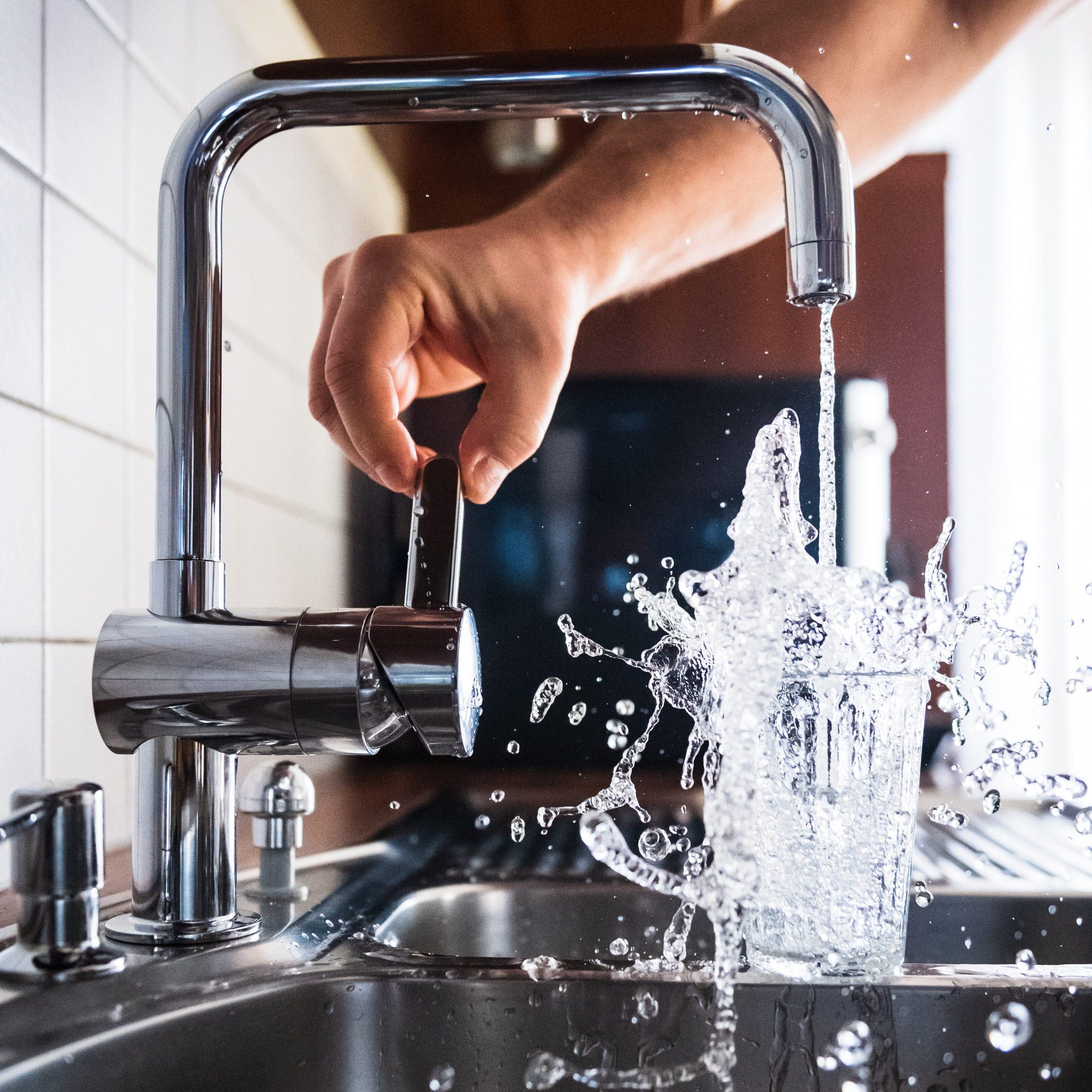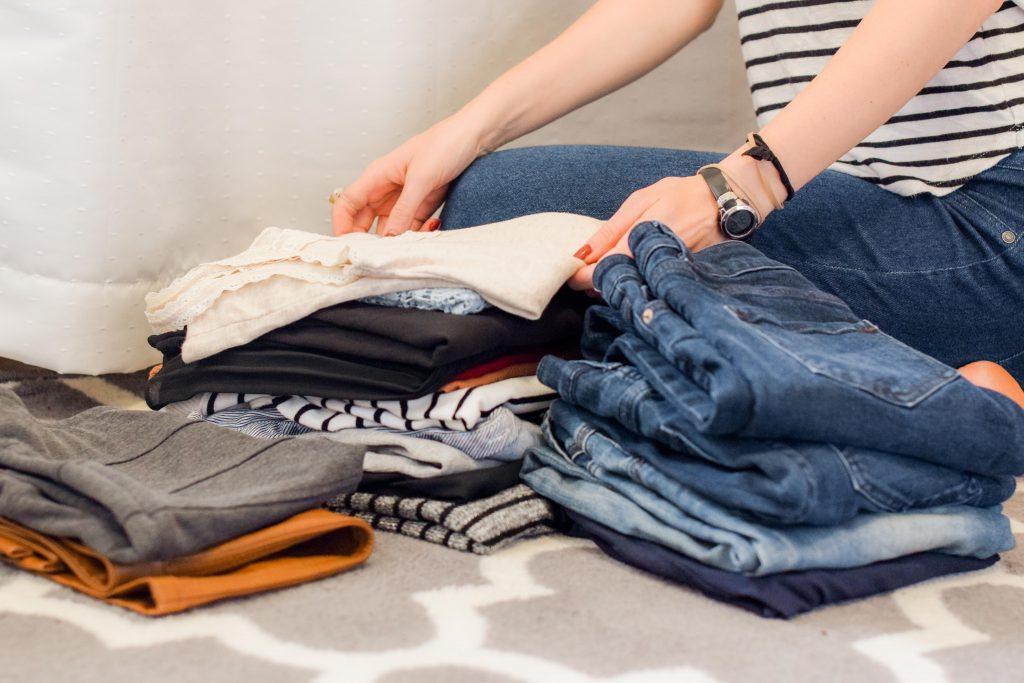Water is one of the most valuable commodities we have. In fact, calling it a commodity is often a disservice to this beautiful resource. According to World Vision, globally 785 million people lack access to clean drinking water. Lack of clean available water causes poor hygiene, diseases, and ineffective sanitation facilities across the world. Women and children are often among the worst affected as they spend an estimated 200 million hours each day traveling great distances to collect water or queueing in lines for clean water taps. According to World Wildlife Federation, by 2025 two-thirds of Earth’s population may face water shortages. Given the importance of water and what limited availability can do to us as a planet, we have a responsibility to use it efficiently. In light of that, here are some interesting tips and tricks to save water at home.
Wash your hair less
One easy way to save water is to simply wash your hair less often. Some people wash their hair daily to avoid it getting oily and dry. However, daily hair washing can waste a lot of water. On average, a shower uses 2.1 gallons per minute and most people take 8-10 minute showers. This means an average person consumes or uses about 17-20 gallons every shower. Plus, washing your hair every day can result in reducing your natural scalp oil and slowing down growth for your hair. Also, if you reduce hair washing days and showers, you save money on heating water and hair products as less hair washing leads to longer duration of product life.
Save your washing

On average, washing machines use 19 gallons of water per load and an average household runs up to 5 and 6 loads per week. Approximately 16% of American household water usage is consumed just by laundry and washing clothes. Consumers can get more efficient and save water by saving their washing. Reduce your laundry loads by wearing your clothes more than once before you wash them. Hand-wash delicates or special items to ensure they last longer and save water. 75% of the energy required to do a load of laundry goes into heating the water. Thus, you should opt for cold wash or cold water as it reduces energy costs, makes clothes last longer, and retain their shape or size.
Get energy efficient
Some household devices, particularly older models, can be ineffective in their water use compared to the newer, energy efficient, models. For example, Energy Star certified washing machines use an average 14 gallons per load which is 33% less than regular washers. The biggest water users in homes are washing machines, showers, taps, and toilets. In Australia, it is estimated that households can save up to $175 a year by using water-efficient and energy efficient products. Replace older models with energy efficient or water efficient models such as low-flush toilets, low-flow showerheads, and taps. The new energy efficient models of low-flow toilets for example save up to $148 on water bills for Australian households. Check the labels on appliances which indicate their energy and water efficiency. You can also compare models online on certain sites provided by institutions or Governments.
Wash it all up
Using a dishwasher can be energy efficient, but only if you fill it up completely. Avoid running a half load of dishwasher or using it only for a few utensils. You can also purchase energy efficient models of dishwashers that use less water and energy.
Meatless Mondays
Studies have shown that on an average, it takes about 15,000 to 20,000 litres of water to produce one kilogram of beef. 98% of the water volume used for agriculture is the water footprint of the feed for the animals. A meat-free diet can cut our water footprint in half! Other than saving water, it also has countless health benefits. Replacing meat, milk, and eggs produced by industrial agriculture also benefits animals and can reduce the cruel nature of the industry. If you can’t quit meat completely, try going meatless for some days of the week. Started in 2003, Meatless Monday is a global movement that encourages people to reduce meat for their health and for their planet. Quitting meat for even one day of the week has shown to have a positive impact on people’s health and the resources of the planet.
Harvest Rainwater
If you live in a rainy region, harvesting rainwater can provide you water for gardening, cleaning, and even drinking. This involves harvesting rainwater that is collected in gutters that channel the water into downspouts and then into a storage vessel. This acts as clean, reusable source of water for your use and saves you from wasting water and energy. Several companies and governments provide resources and training to understand rainwater harvesting. You can use harvested rainwater for irrigation, as well as indoor and outdoor non-potable uses. There are various methods of collecting rainwater such as in barrels or dry and wet systems. Do not use harvested rainwater as drinking water unless it is filtered, cleaned, and disinfected. Learn more about rainwater harvesting here.
Fix your taps

Did you know that nearly 1 billion litres of treated water is lost every day through leaks and cracked pipes in Australia? Ensure your taps, pipes, and plumbing system is leak-free and regularly maintained. Check all taps before leaving your home and schedule maintenance regularly when possible.
Save your leftover food
The food industry requires a lot of water so that items can be produced and supplied. The less food you waste, the less you contribute indirectly to water wastage. Reuse your leftovers by repurposing them into sandwiches, salads, casseroles, or subs.
Don’t buy fast fashion

The clothing industry is one of the biggest contributors to water wastage. It can take up to 200 tonnes of fresh water to produce one tonne of dyed fabric. This means sourcing fresh water and releasing water that contains tainted chemicals, pollutants, and toxic materials making it undrinkable or unusable. Buying a cheap shirt can end up promoting water wastage and supporting an industry that does not offer fair wages for labor. Even sustainable brands involve excessive use of water and can create long lasting effects on our planet. Reuse your clothes, recycle, buy from thrift stores, charity organisations, or vintage stores that upcycle old fabrics and clothes. You can also rent clothes online for special occasions instead of purchasing.
Make stock
If you use water to boil veggies, save it to make stock. Water can be repurposed in many different ways. Did you know that the water left after draining rice acts as an amazing shampoo? The water drained from onions also is a super useful home remedy for strengthening your hair.
Go Local
Instead of planting exotic species in your garden, plant indigenous and native species as they tend to require less water. You can also keep succulents which require little to no water.
Tap off
Turn off your taps when you brush your teeth, rinse, or floss to save water. Also, take showers instead of baths in tubs. Another handy way to save water it switching off the shower when you soap up, or shampoo your hair or condition it, and then turn it back on to rinse off. This will save precious amounts of water.
Say no to avocados
Delicious as they are, avocados are one of the thirstiest agricultural crop. On average, 528 gallons of water is required to produce 2.2 pounds of avocados. So while avocado toast maybe a popular delicacy, your breakfast is indirectly contributing to excessive water use in several countries. Mexico grows most avocados exported to the United States, and as a result is facing severe deforestation. This is due to farmers thinning out pine trees to plant avocado trees. If locally grown avocados aren’t available, it’s time to swap them for local alternatives.
Carry water
If you can, carry your own bottle of water everywhere. This will save you from buying bottled water, thus again contributing to an environment damaging industry. 80% of bottled water ends up in a landfill. Americans buy almost 29 billion water bottles a year. For every six bottles, only one is recycled. Other than choking our landfills, the bottled water industry also causes extreme water wastage. It takes 3 times the amount of water in a water bottle to make it as it does to fill it. Avoid purchasing bottled water as much as you can. Use publicly available taps and water fountains instead. If you are traveling ,then carry disposable water filters or boiled water in small bottles to last. You can also ask restaurants and hotels to refill your water bottle.
Do your research
Several popular companies and organisations contribute to ‘watergrabbing.‘ This is when companies hoard or waste water and deny access to locals and residents. Corporations also contaminate local water supplies, which can affect millions of citizens who rely on those limited sources. Buy from local, organic, and regional sources and stick to locally made, sustainable products and services.
These are our 15 handy tips and tricks to save water at home. These steps may not seem like a lot, but if each of us starts to practice even a few of them, we can make a significant difference and impact. Every step we take, will lead to a better planet and that is what THRIVE aims to do with your support. If you want to know more about sustainable water management, or recycled water, you can find many useful articles on our blog. Do comment, share, or like this post and let us know your thoughts!






















